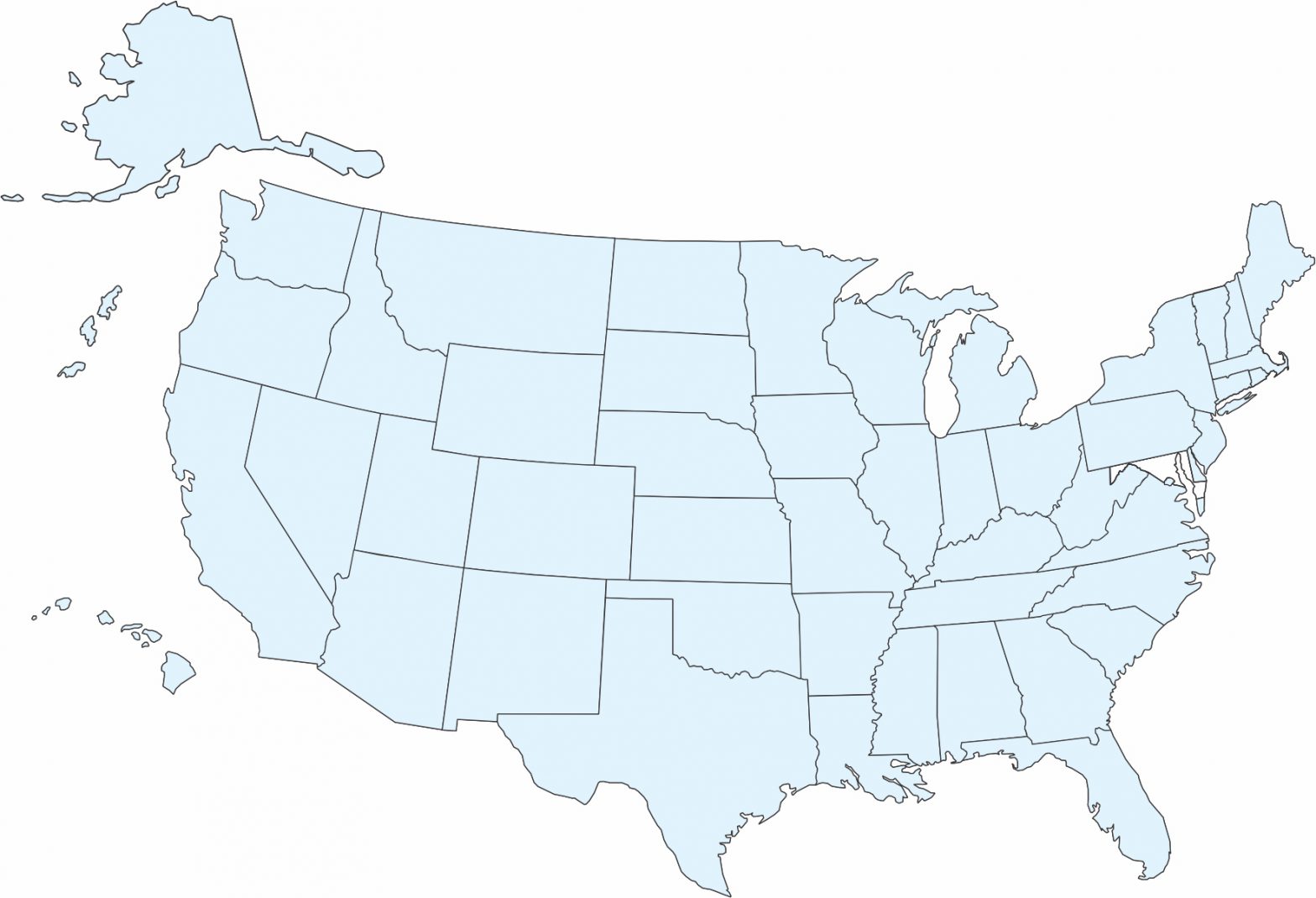A new report from the Commission on the Future of Undergraduate Education examines the issues of most concern to students and higher education institutions. Two years in the making, The Future of Undergraduate Education, The Future of America offers actionable recommendations for helping colleges of every type deal more effectively and efficiently with quality, affordability and completion. “What was once a challenge of quantity in American undergraduate education, of enrolling as many students as possible, is increasingly a challenge of educational quality—of making sure that all students receive the education they need to succeed, that they are able to complete the studies they begin, and that they can do all of this affordably, without mortgaging the very future they seek to improve.” The report notes that nearly 90 percent of high school graduates can expect to enroll in an undergraduate institution, but only 60 percent earn a bachelor’s degree, and far too many are saddled with student loans that they struggle to repay. The Interstate Passport offers a solution to this problem as it seeks to improve completion rates for students by preventing obstacles in the transfer process.
Among the recommendations from the Commission are:
- Make degree completion a top institutional priority through the use of data to identify students in need of help and intervene with meaningful, personalized support.
- Improve the quality of undergraduate teaching by providing non-tenure-track faculty members with fulltime positions and longer-term contracts.
- Establish a loan repayment plan that takes the recipient’s income into account to help prevent the borrower from defaulting.
- Track students across institutions (one component of the Interstate Passport) and make financial aid contingent upon satisfactory academic progress
- Restructure federally financed grants for low-income students (Pell Grants) to provide students with greater flexibility in meeting the requirements.
The report was produced by the American Academy of Arts and Sciences with support from Carnegie Corporation of New York.







